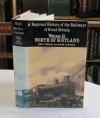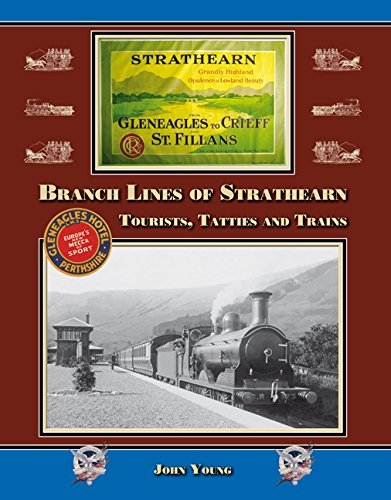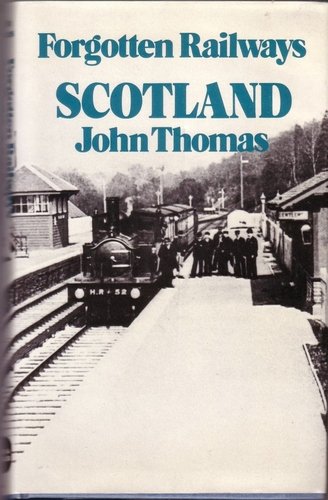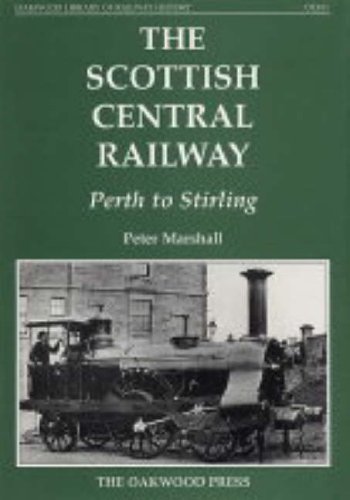Crieff Junction Railway
Introduction
This railway is closed. It was the first of three railways to serve Crieff. The line opened in 1856, running through fairly level farmland to Crieff from Gleneagles (near Auchterarder).
A second line, an extension of a branch to Methven, approached from Perth in 1866. The third line extended west to Comrie in 1893 (and ultimately it reached further west to meet the Callander and Oban Railway). For this third line the original Crieff [1st] station was replaced on a grand scale by the new through Crieff [2nd] station. The original Crieff station became part of the goods yard.
For the Gleneagles Hotel, opened in 1924 after a protracted development delayed by the Great War, the Crieff Junction line was deviated at a new Gleneagles station and a goods only branch built to the hotel.
The line to Perth closed to passengers in 1951 and the Crieff Junction closed in 1964 when the line was closed from Comrie to Gleneagles. The original terminus at Crieff survived as part of the goods yard served from Perth until 1967.
Dates
Portions of line and locations
This line is divided into a number of portions.
Gleneagles to Crieff
This was a single track railway with passing places at Crieff Junction and Muthill.
This was a four platform station with two platforms on the main line and two on the branch to Crieff [1st]. It ws replaced by the present Gleneagles station. The main station building was on the northbound main line platform and had canopies. there was a building on the southbound main line platform and small shelter on the northbound branch platform.
...
See also
Scottish Central Railway
Gleneagles Station and Gleneagles Hotel Branch (Caledonian Railway)
This was a single platform station. The platform was on the east side of the line and the station building was of two storeys, one at street level and one above at platform level. The railway was raised here to pass over a road to the south (bridge now removed)
...

Ewan Crawford //1988
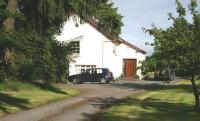
John Furnevel 12/07/2007
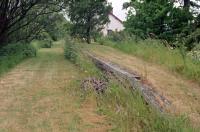
Ewan Crawford //1988

John Furnevel 12/07/2007
This was a two platform station with a loop on a single track line. The station was on the north side of a level crossing with 'Station Road' which ran west to Muthill itself. The main station building was on the southbound platform and the signal box (1892) was on the north side of the level crossing, east side of the line at the southern end of the southbound platform.
...
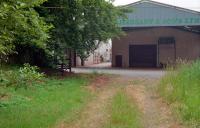
Ewan Crawford //1988
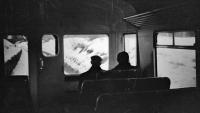
Aitken Scott //
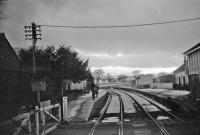
Aitken Scott //
This was a particularly minimal halt consisting of a slabbed area bordering track and equipped with a single set of steps. These were used to mount the railbus.
...
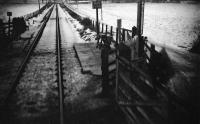
Aitken Scott //

Frank Spaven Collection (Courtesy David Spaven) //1961
This was a three span single track bowstring girder viaduct over the River Earn between Strageath Halt and Highlandman. The piers remain.
...
This was a single platform station. The platform was on the east side of the line with a station house. To the north was a level crossing and to the south a goods loop, on the east side, with sidings which were approached from the south. The signal box (1892) was on the east side of the line south of the crossing, at the north end of the platform.
...
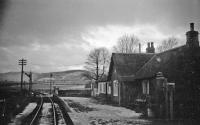
Aitken Scott //
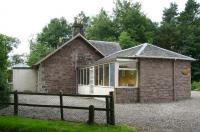
John Furnevel 12/07/2007

John Furnevel 12/07/2007
This was a particularly minimal halt consisting of a slabbed area bordering the north side of the track at a level crossing and equipped with a single set of steps. These were used to mount the diesel railbuses introduced in 1958, the halt opening for their arrival (along with Strageath Halt. The Angus Railway Group's Steam Album Volume Three wonderfully described it as 'Station accommodation ...
More details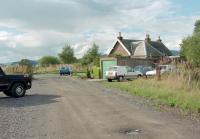
Ewan Crawford //1995
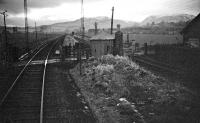
Aitken Scott //
This signal box controlled the junction between several lines. To the east were the lines from Gleneagles (opened 1856), Perth (opened 1866), the reversing spur for Crieff Goods (originally Crieff [1st] of 1856) and the reversing spur for Crieff Sheds and further goods sidings. To the west it controlled the approach to Crieff Goods and the line through Crieff [2nd] ...
More detailsSee also
Crieff and Comrie Railway
Crieff and Methven Junction Railway
This was the original locomotive shed in Crieff, built for the Crieff Junction Railway. It was by the Duchlage Road level crossing where the line entered the station Crieff [1st] from the south east. It was a single road brick built shed.
...
The original terminus in Crieff was just to the south of Crieff [2nd] and was to become a goods yard on the opening of that station. It opened in 1856, the terminus of the service from Crieff Junction (rebuilt as Gleneagles in 1919). From 1866 it further became the terminus of the new line from Methven Junction, completing a through route from Perth.
...
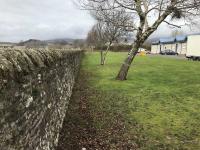
Colin McDonald 19/02/2019
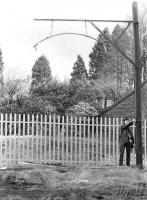
Bill Jamieson 17/03/1970
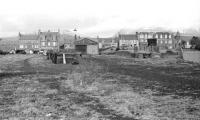
Bill Jamieson 17/03/1970
Books













